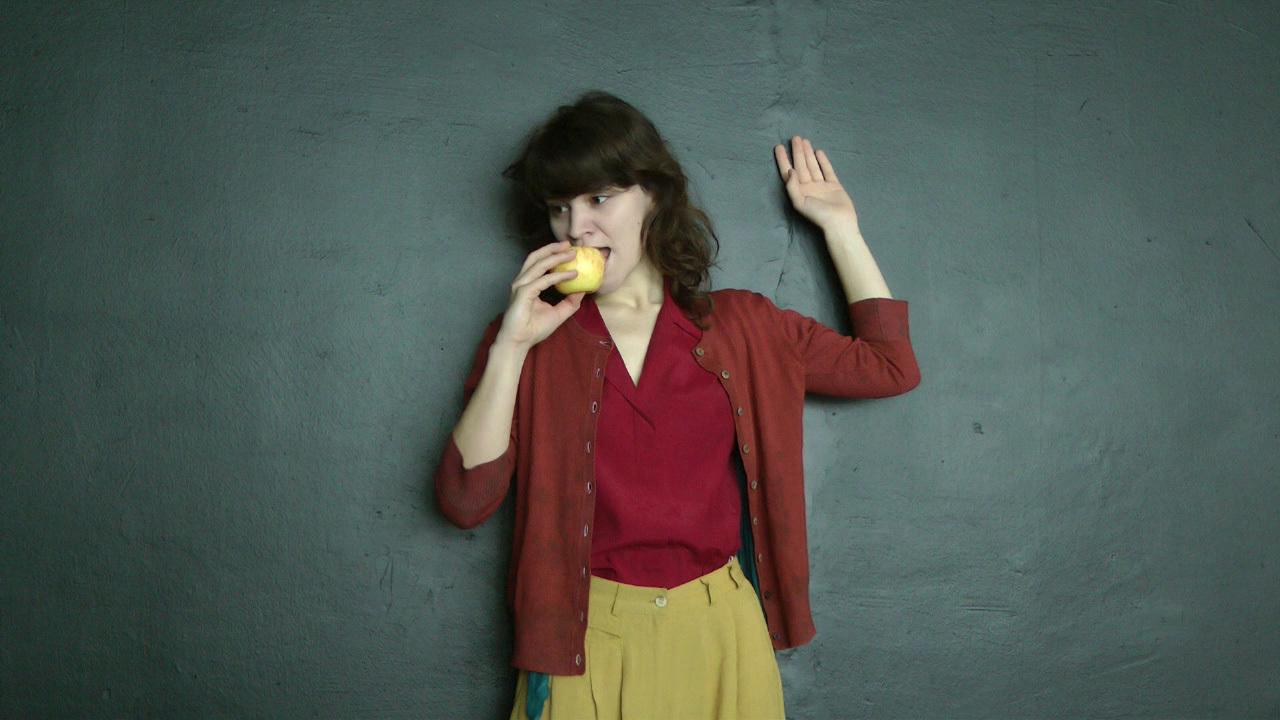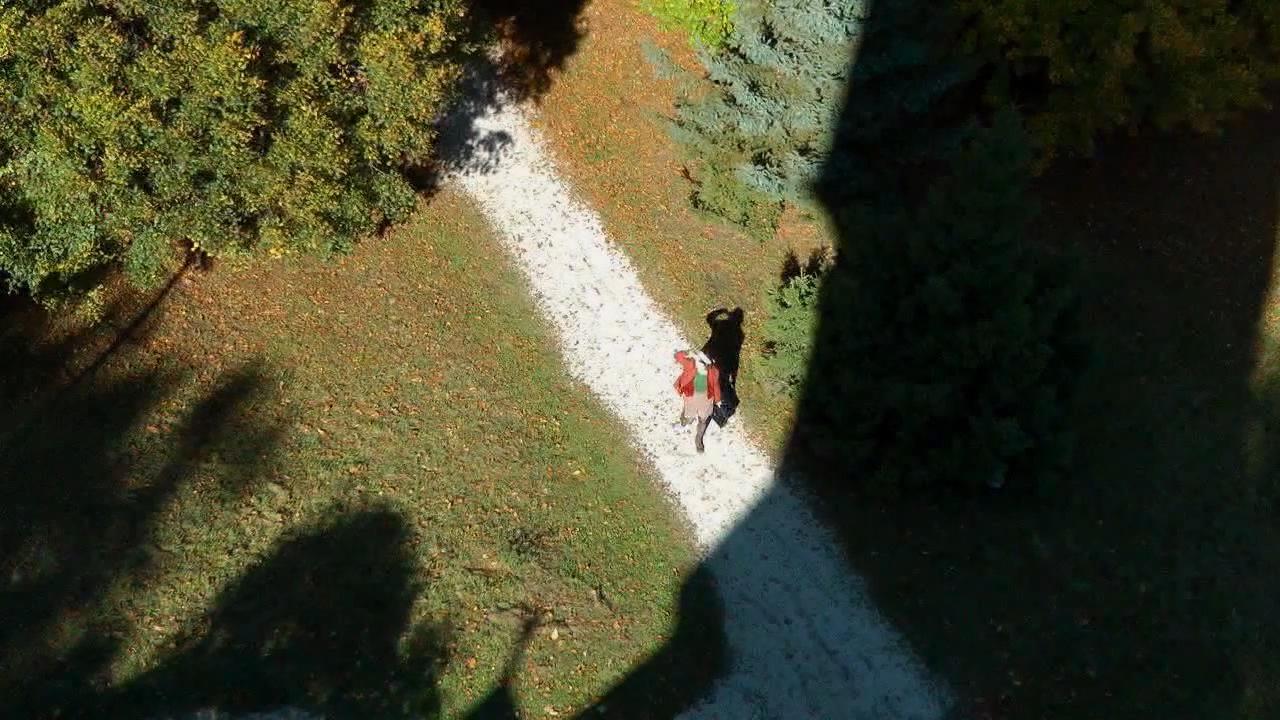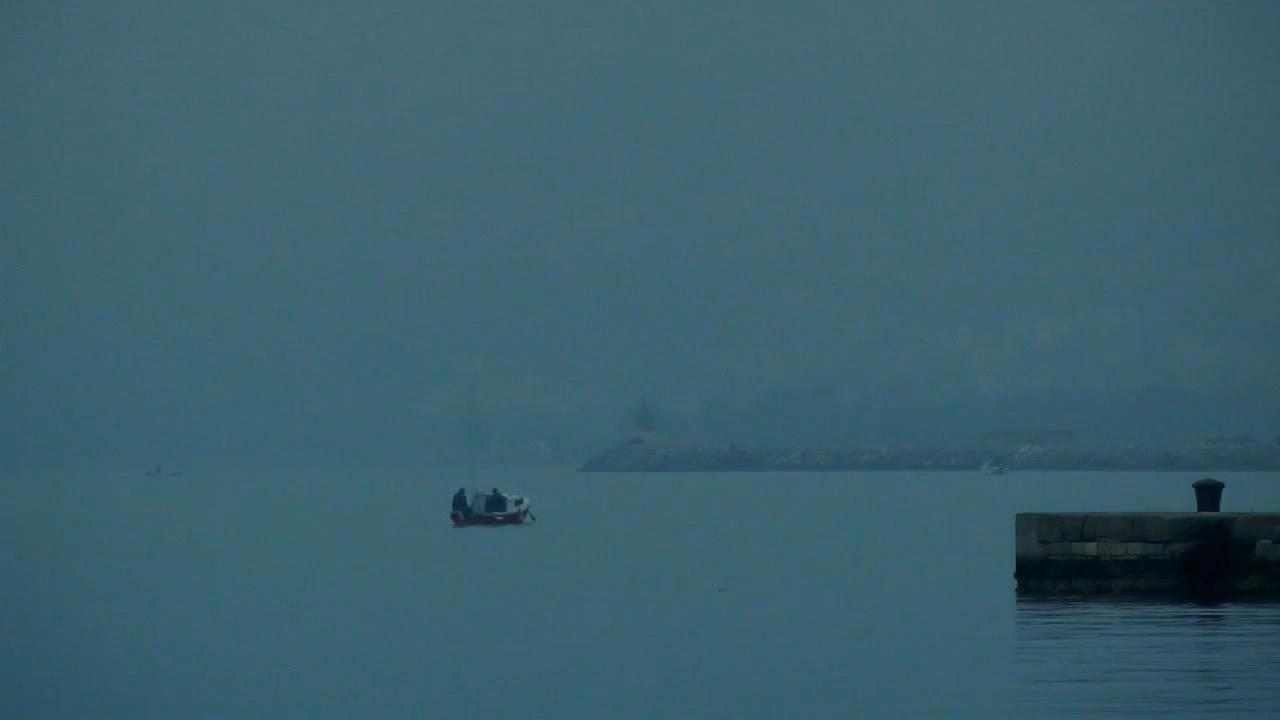The Nature of a Tree
The point of departure for Jens Höffken’s short film The Nature of a Tree is provided by the notorious death of Austro-Hungarian author Ödön von Horváth (1901–1938) eventuated by the bough of sycamore tree that crashed onto the Champs-Élysées in Paris. The director employs a biographical pursuit of clues to capture the atmosphere of the harbor of Horváth’s native town (Fiume, today Rijeka/Croatia), and shows (red-)gloved hands resembling those of an archivist rummaging through a suitcase containing photographs of the author. The images are reminiscent of photos found in the coat pocket of the deceased Horváth, of half-dressed or bare-naked individuals.
Horváth was a mystic. A fortuneteller had prophesied he would undergo “the greatest experience of his life” while on a trip during the first days of June in 1938. For this reason among other things Horváth superstitiously avoided using elevators. On the very day of his demise Horváth met up with the German-American director Robert Siodmak, in order to discuss a filmic adaptation of his acclaimed novel Youth Without God (Jugend ohne Gott, 1937). He rejected Siodmak’s offer to give him a lift back to the hotel. The fatal accident transpired during his walk back on foot.
Höffken stages “biography, work, anecdote” in this short film. He primarily employs three figures: the Élysée – Höffken’s invention, reminiscent of Elysium, the isle of blessed souls from Greek mythology, and the Elysian Fields in Paris; the deadly branch, in the form of countless shots of trees; and the figure of Horváth, which is not embodied but rather delivered by the missing presence at the center of this lyrical chamber play. The expressive images of this film are accompanied by the voice of a storyteller who evokes the life and work of the author in a poetically distilled language, almost resembling that of Horváth himself.
(Nicole Streitler)
Translation: Eve Heller
Die Beschaffenheit eines Astes
2014
Austria
8 min 22 sec



